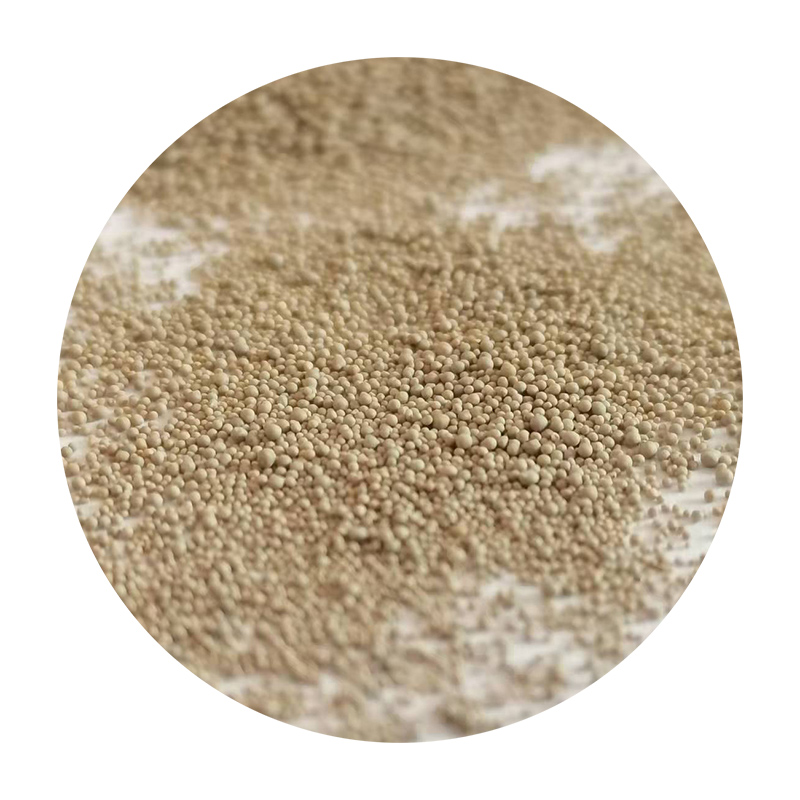How to Sand a 3D Print A Step-by-Step Guide
3D printing has revolutionized manufacturing and prototyping, allowing hobbyists and professionals alike to create intricate designs with ease. However, the finish quality of a 3D print often leaves much to be desired. One effective way to enhance the appearance of your prints is through sanding. In this article, we'll explore how to sand a 3D print effectively, taking it from a rough, layered finish to a sleek, smooth surface.
Step 1 Gather Your Materials
Before you begin the sanding process, you need to assemble the right tools. The primary materials you'll need include
- Various grits of sandpaper (typically ranging from 100 to 1000 grit) - A sanding block or sponge for better grip and control - Water (for wet sanding) - A soft cloth or microfiber towel - A dust mask (to protect against inhaling dust) - Safety goggles (for eye protection)
Step 2 Dry Sanding
Start with dry sanding using coarser grit sandpaper (100 to 220 grit) to remove the most prominent imperfections. Hold the sandpaper or the sanding block firmly in one hand, and sand the surface of the print in circular or back-and-forth motions. It's crucial to keep the sandpaper flat to ensure an even finish. Pay attention to the layers of the print, focusing on areas that are particularly rough or uneven.
Tip Avoid applying too much pressure. Let the sandpaper do the work to prevent gouging the print.
Step 3 Wet Sanding (Optional)
how to sand a 3d print

Once you’ve achieved a smoother surface with dry sanding, you can move on to wet sanding with finer grit sandpaper (320 to 1000 grit). Wet sanding is particularly beneficial because it reduces dust and helps achieve an even smoother finish. To wet sand, dip the sandpaper in water or run it under a faucet before sanding. The water will act as a lubricant, minimizing the risk of scratches while helping to wash away debris.
Step 4 Clean the Surface
After sanding, it’s essential to clean the print thoroughly to remove any dust and particles. Use a soft cloth or microfiber towel to wipe down the surface. This step will ensure that any subsequent finishing processes, such as painting or applying a clear coat, adhere properly.
Step 5 Inspect and Repeat if Necessary
Take a moment to inspect your work. If you still feel that there are imperfections, you can repeat the sanding process. Start again with coarser grit and progress to finer grits until achieving the desired smoothness.
Step 6 Finishing Touches
Once you’re satisfied with the sanding, consider applying a finish to the print. This could include spray paint, acrylic paint, or a clear coat to protect the surface and enhance its appearance. Always choose a finish compatible with the material of your print, typically PLA, ABS, or PETG.
Conclusion
Sanding a 3D print is a straightforward process that can transform a basic print into a professional-quality piece. With the right materials and techniques, you can enhance the aesthetics and finish of your 3D creations. Remember to be patient and take your time during this process. By following these steps, you’ll achieve a smooth and polished final product that you can be proud of. Happy printing!
Post time:जानेवारी . 02, 2025 06:42
Next:रेसिन कोटेड रेसिन की मूल्य।
